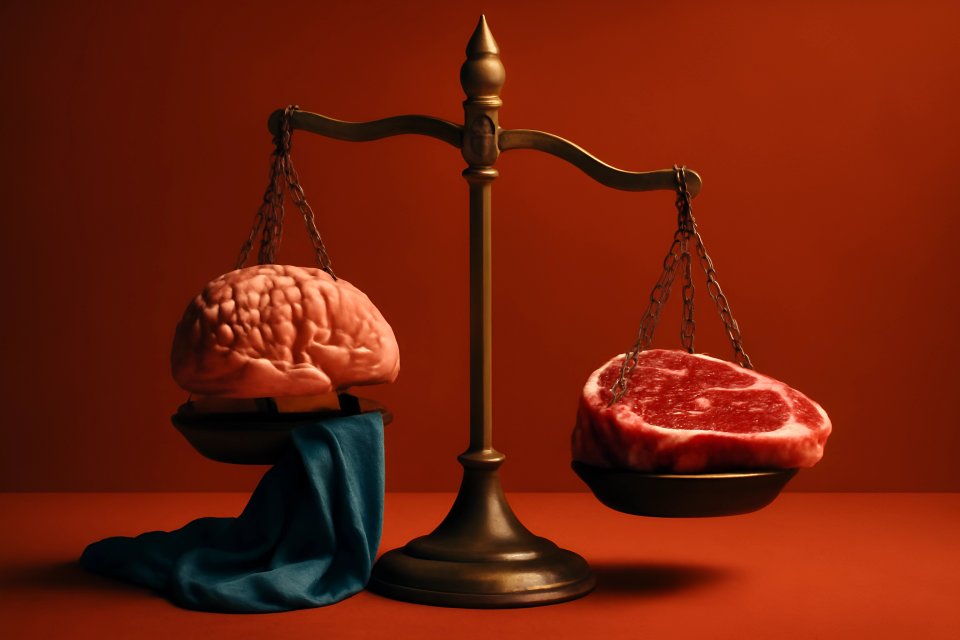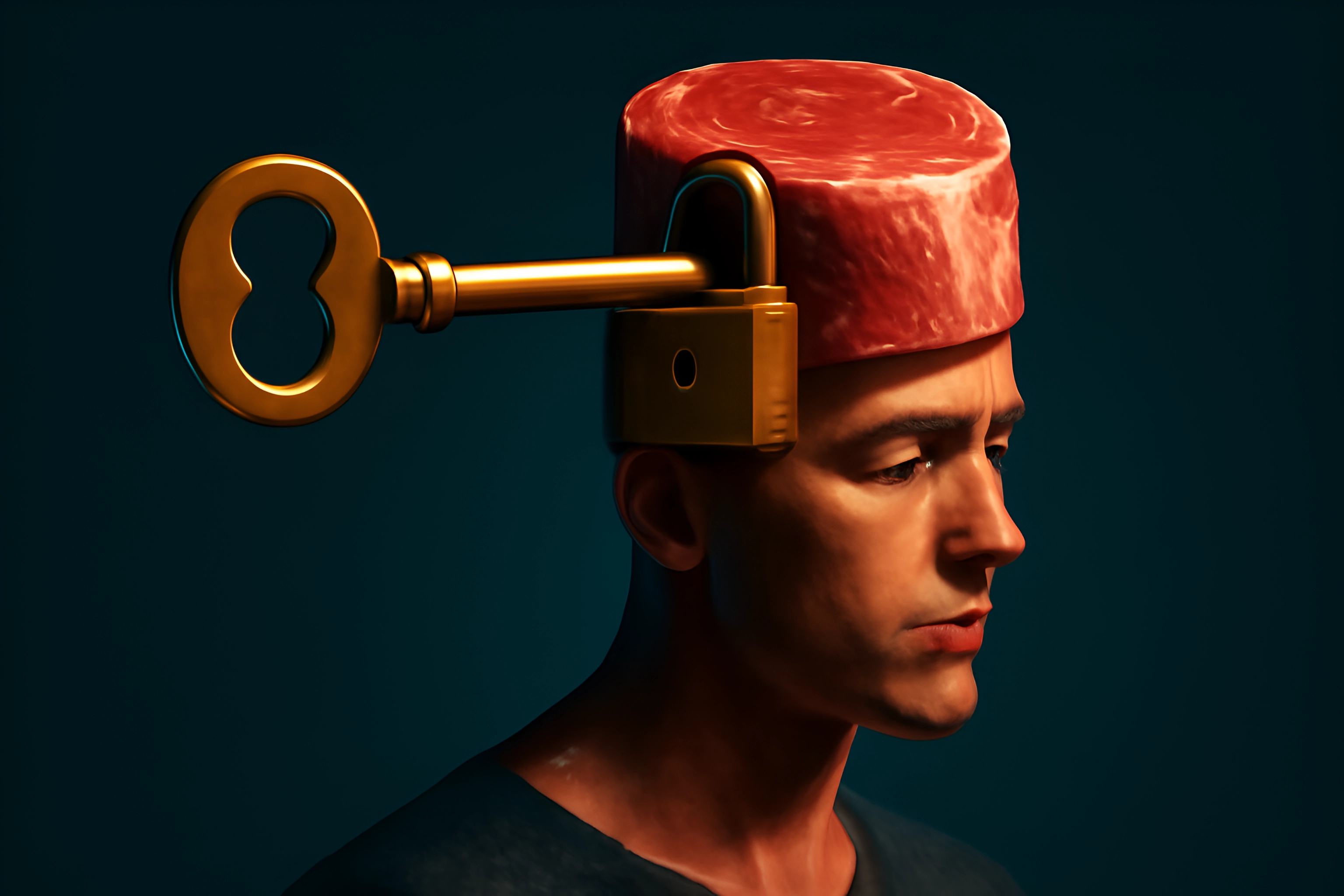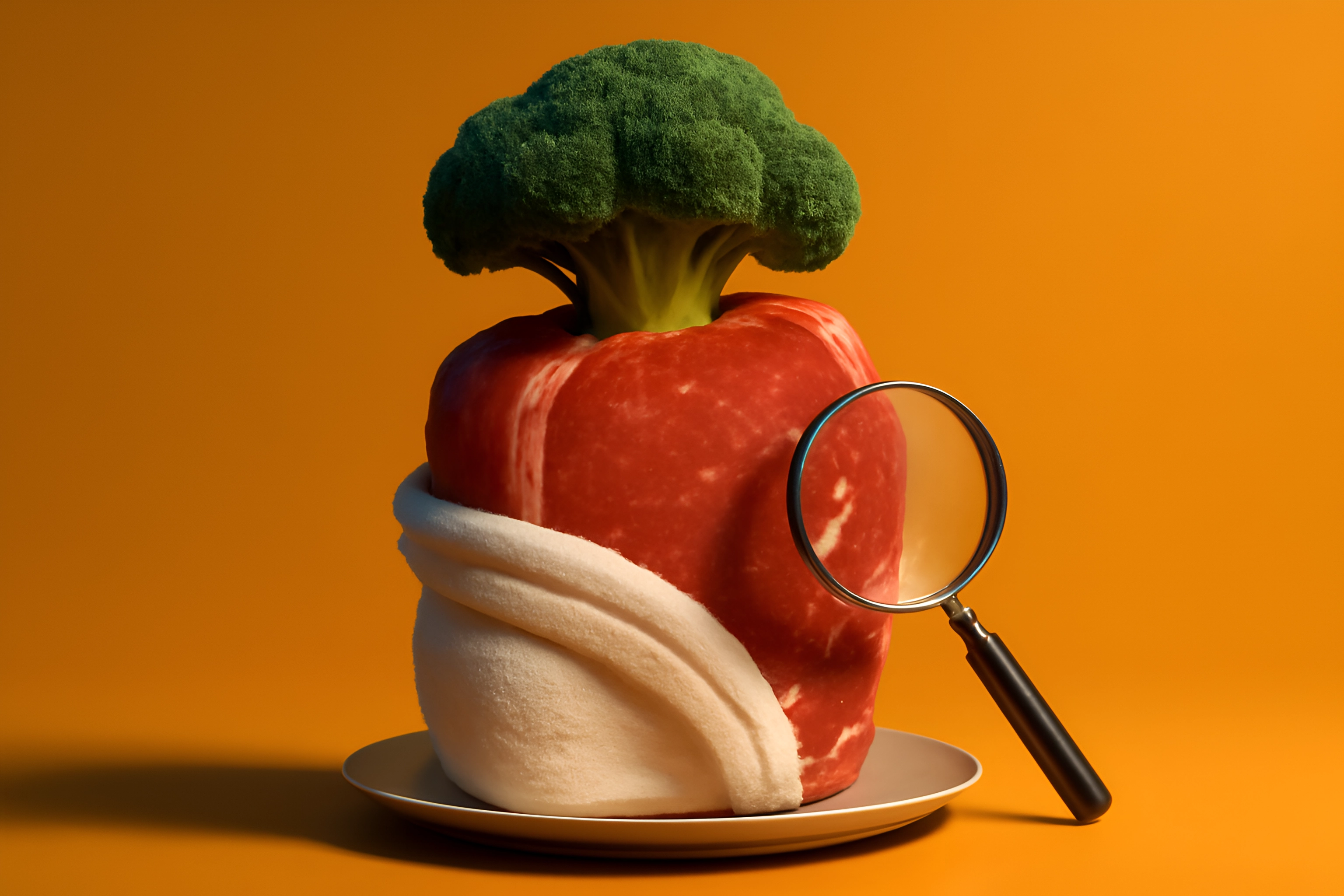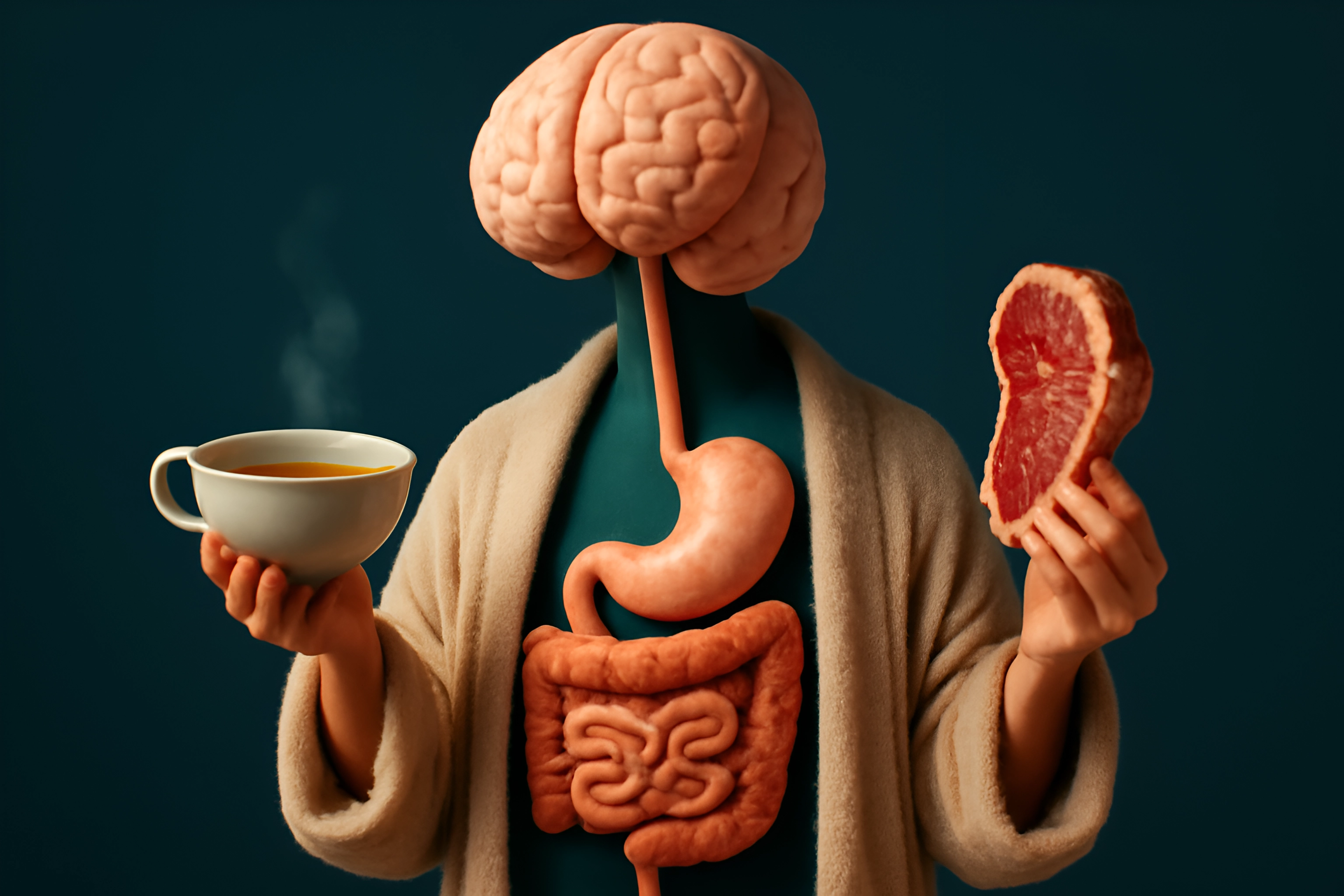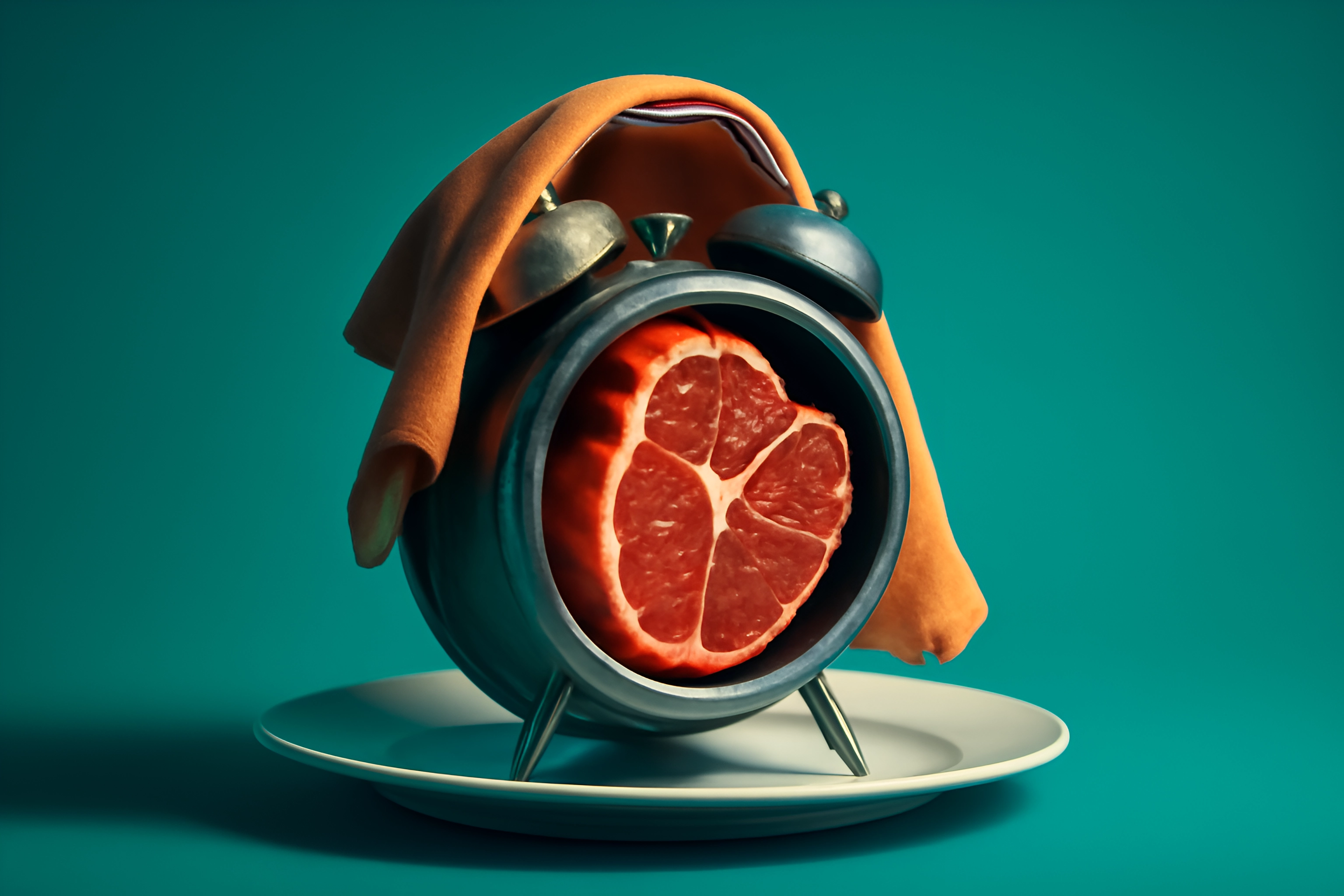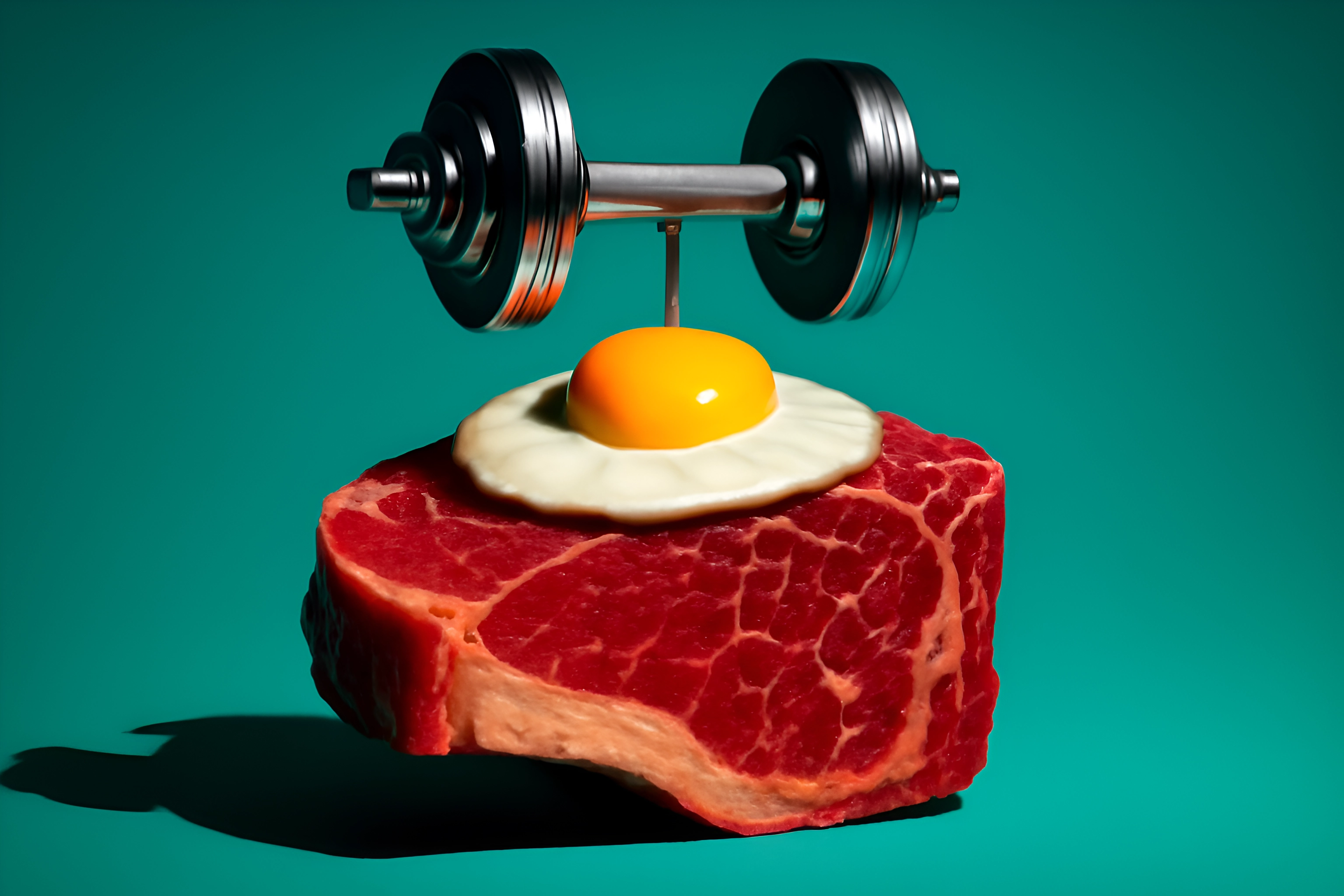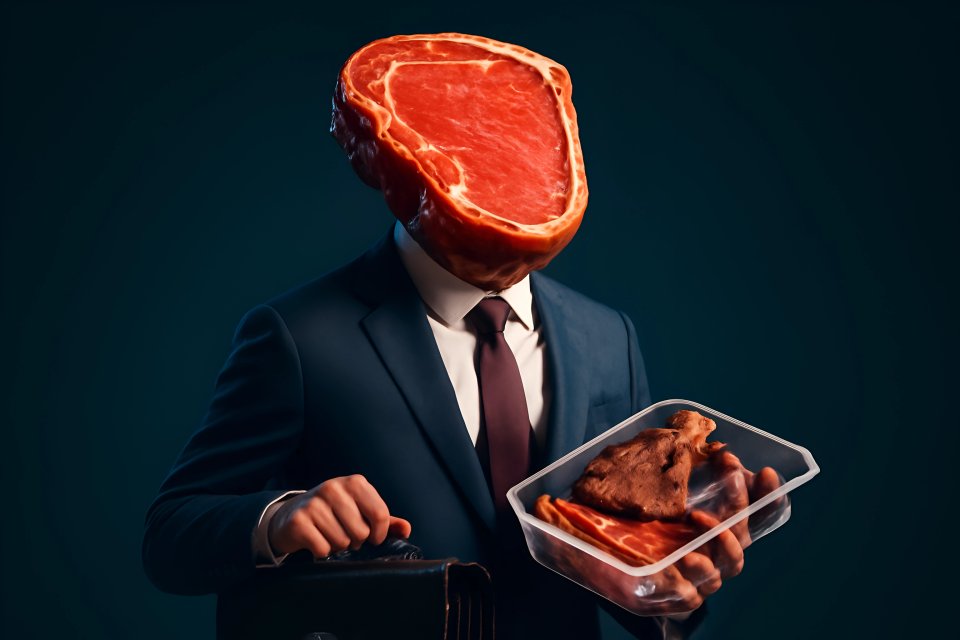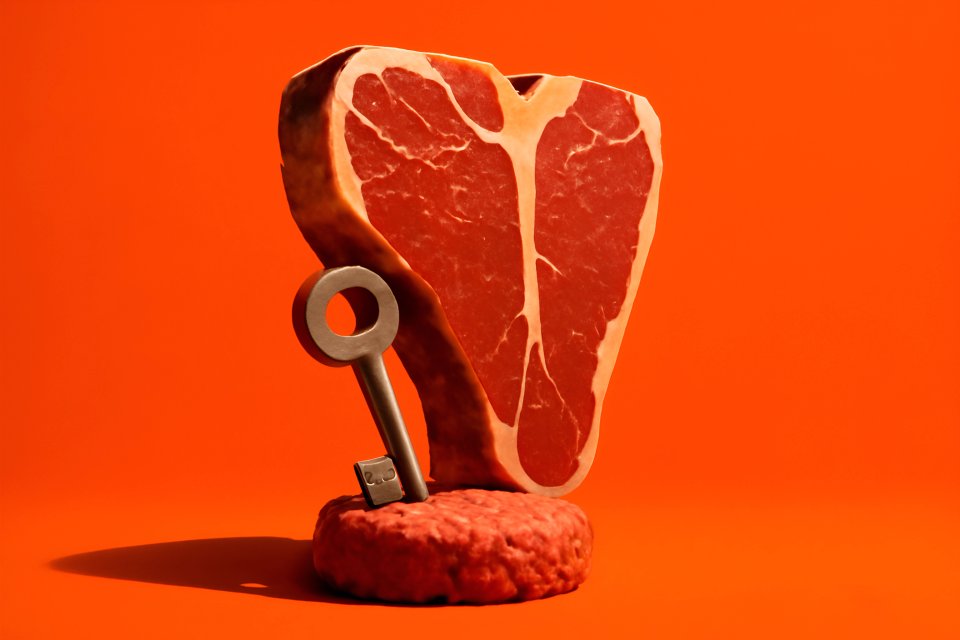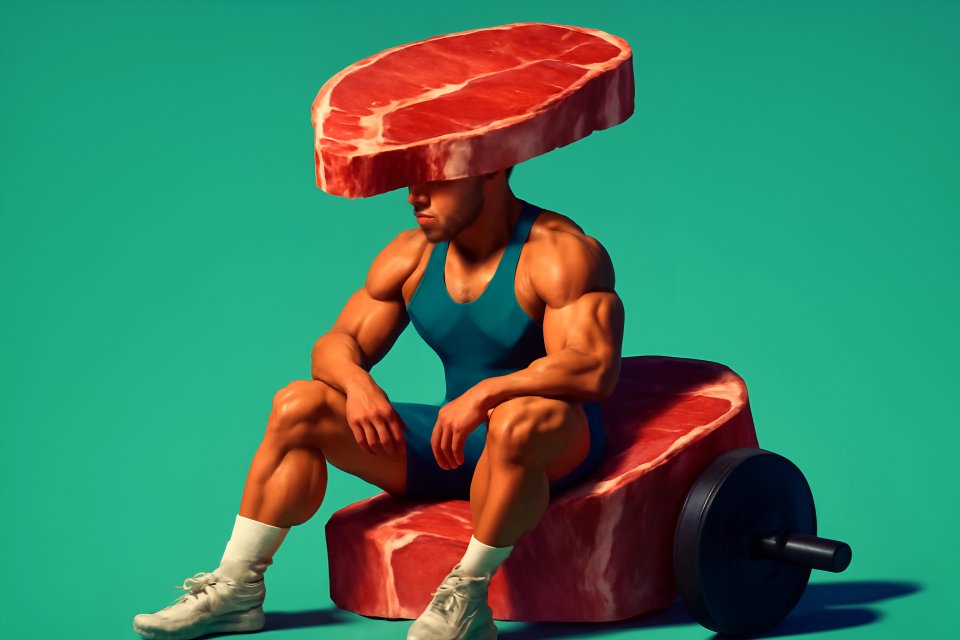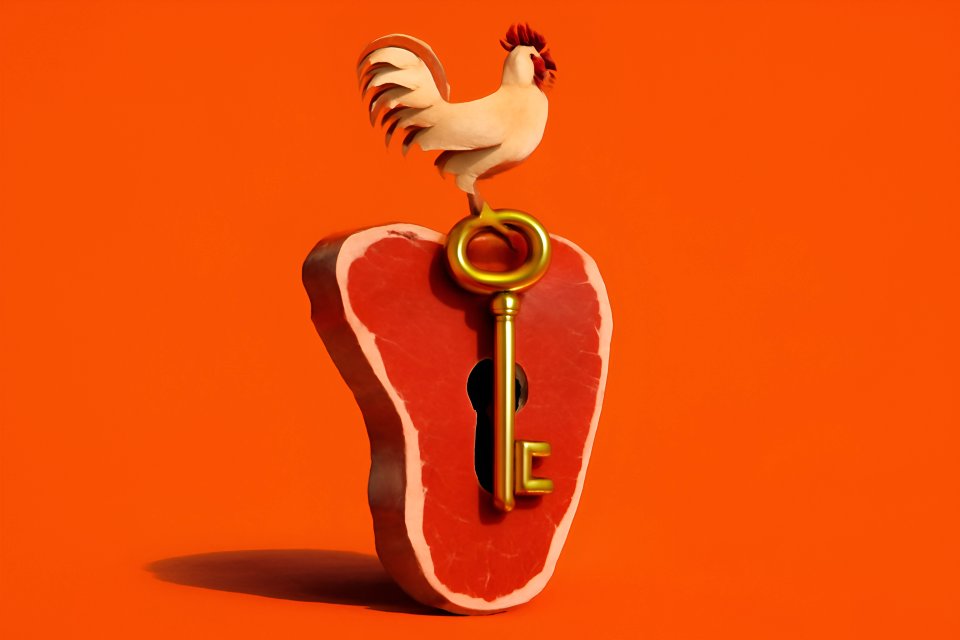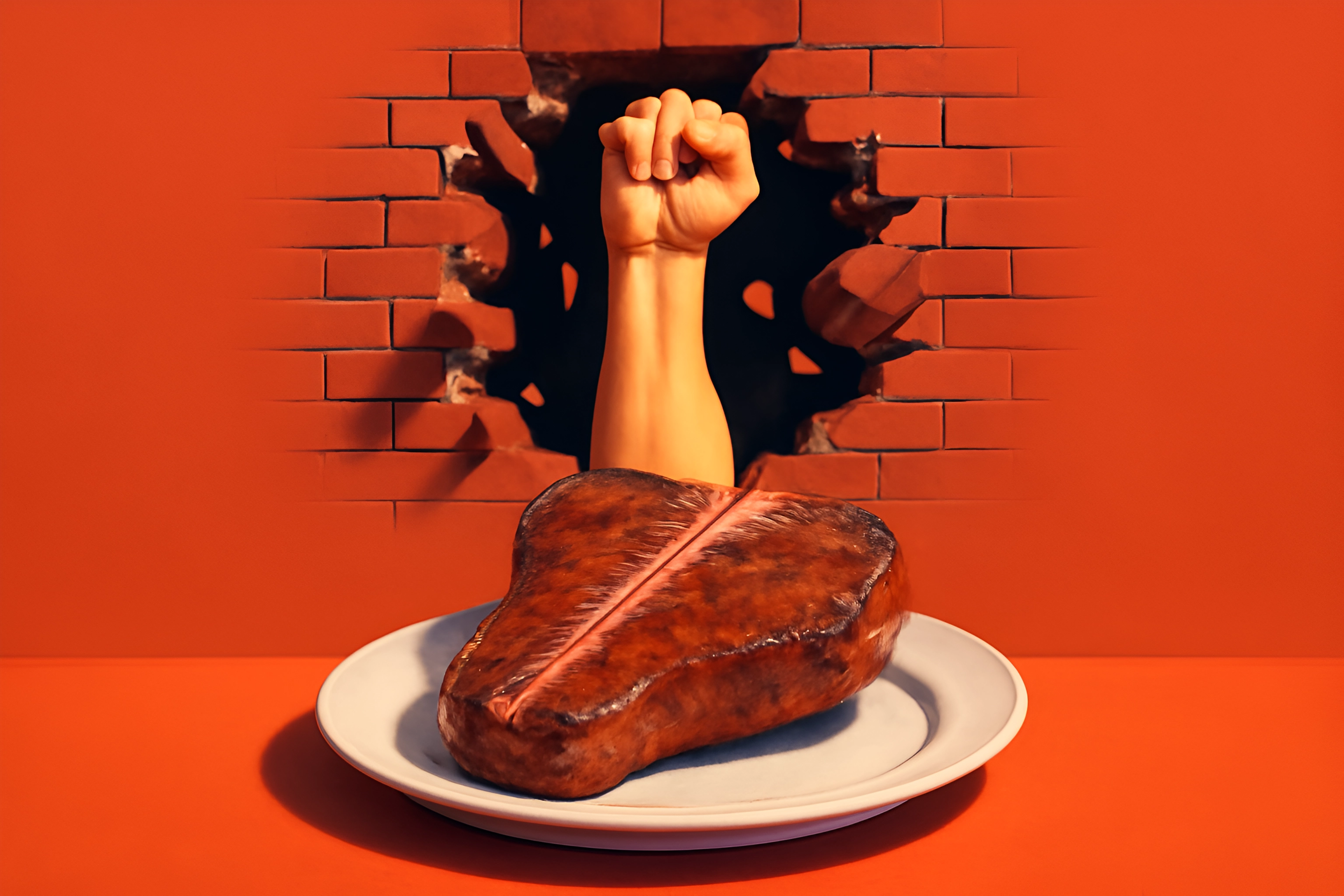
You did everything right. You committed, you cleaned out the pantry, and you embraced the ancestral power of meat. The initial results were nothing short of miraculous—the brain fog lifted, the chronic pain subsided, and your energy soared to levels you hadn't felt in years. But now... silence. The scale won't budge, that last bit of inflammation clings on, and the vibrant momentum you once had has ground to a frustrating halt.
This is the moment doubt creeps in. You start questioning everything, wondering if you've hit a wall you can't break through. Let me be clear: This plateau is not a failure. It is a signal from a body that is healing, adapting, and asking for a more refined approach.
You've mastered the basics, and now it's time to graduate. We're going to move beyond simple carnivore and into the realm of advanced healing strategies. This is your toolkit for listening to your body's signals, fine-tuning your fuel, and reigniting the profound healing you came here to find.
Why Carnivore Plateaus Happen: Understanding the Root Cause
Before you can smash through a wall, you have to understand what it's made of. A plateau isn't a random event; it's a logical response from a body in transition. Understanding the "why" is the first step toward a powerful breakthrough.
Your Body's Brilliant Adaptation
Your body is a brilliant survival machine, constantly seeking efficiency. When you first switched to carnivore, the metabolic shift was dramatic. Now, your body has adapted, becoming incredibly efficient at running on fat and protein. This is a victory, not a problem.
As your body heals, its energy demands can change. This metabolic adaptation is a core reason for plateaus; your system has simply found a new, stable equilibrium. According to researchers at McGill University, the body shifts from glucose to fat-derived ketones for fuel, a process that becomes more streamlined over time, requiring strategic adjustments to keep progress moving.
The Usual Suspects (Even on Carnivore)
Think your plate is clean? Think again. Even within the carnivore framework, certain foods can become roadblocks to deeper healing. For many, dairy and eggs, while tolerated initially, can be sources of low-grade inflammation that halt progress.
Then there are the processed meats. That convenient bacon, sausage, or deli meat can hide sugars, inflammatory seed oils, and preservatives that sabotage your efforts. Healthline warns that checking for hidden carbs in processed meats is a critical step for anyone on a low-carb diet hitting a wall. Finally, the quality of your meat matters, as conventionally-raised animals can have a less favorable fatty acid profile compared to their grass-fed counterparts.
The Hormone Puzzle: Cortisol and Insulin
Healing is not just about food; it's a delicate hormonal dance. If you're chronically stressed, your body is flooded with cortisol, the "fight or flight" hormone. The Mayo Clinic explains how chronic stress elevates cortisol levels, which directly signals your body to store fat, particularly around the midsection, and can impair healing.
At the same time, underlying insulin resistance might not be fully resolved. While the carnivore diet is phenomenal for improving insulin sensitivity, years of metabolic damage take time to undo. A plateau can be a sign that your body needs more time and more targeted strategies to finish healing at a cellular level.
Advanced Dietary Strategies: Fine-Tuning Your Fuel for a Breakthrough
If your body is sending you a signal, the most powerful way to respond is through your fuel source. This isn't about eating less; it's about eating smarter. These advanced strategies are designed to provide your body with the precise inputs it needs to overcome stagnation.
Strategy #1: Adjust Your Fat-to-Protein Ratio
Are you eating too much lean protein? While essential, a very high-protein, lower-fat approach can lead to your body converting excess protein into glucose (gluconeogenesis), potentially stalling fat loss and ketosis. The solution is to consciously shift your macros toward fat.
This isn't about drowning your steak in butter, but about making strategic choices. Nutrition experts at Fay Nutrition note that plateaus can be caused by unintentional overeating of even "healthy" carnivore foods. By focusing on fat for satiety, you can naturally regulate your intake.
- Prioritize fattier cuts of meat like ribeye, chuck roast, and 80/20 (or even 70/30) ground beef.
- Add healthy, clean fats like beef tallow, suet, ghee, or high-quality butter to leaner cuts.
- Think of protein as a goal to meet and fat as a lever to pull for energy and satiety.
Strategy #2: Implement a "Carnivore Reset"
When in doubt, simplify. A plateau is the perfect time to implement a temporary, strict elimination protocol to remove all potential variables and give your system a complete rest. This allows you to identify hidden food sensitivities that may have developed.
The gold standard for this is the Lion Diet, which consists of only ruminant meat (like beef or lamb), salt, and water. Committing to this beef, salt, water baseline for 14-30 days can extinguish inflammation and reset your palate. After this period, you can strategically reintroduce foods one by one, like eggs or high-quality dairy, to see how your body truly responds. For a deeper dive, our guide on integrating intermittent fasting and the carnivore diet can help you structure this reset.
Strategy #3: Prioritize Extreme Nutrient Density
A healing plateau can be your body's cry for specific micronutrients. Muscle meat is fantastic, but it's not the whole story. To break through, you must embrace nose-to-tail eating and prioritize the most nutrient-dense foods on the planet.
Organ meats are non-negotiable. Beef liver is nature's multivitamin, packed with bioavailable Vitamin A, B12, copper, and zinc. Beef heart is the single best source of CoQ10, crucial for cellular energy. A 2024 study in the PMC database highlighted that a carnivore diet without organs can have potential micronutrient gaps, reinforcing the need for these foods. You can find practical ways to incorporate these powerhouses in our ultimate carnivore recipes for inflammation reduction.
| Nutrient Source | Key Nutrients | Benefit for Plateaus |
|---|---|---|
| Beef Liver | Vitamin A, Copper, B12 | Supports hormone production and energy metabolism. |
| Beef Heart | CoQ10, Collagen | Fuels cellular energy and supports connective tissue. |
| Bone Broth | Glycine, Gelatin | Heals the gut lining, reducing inflammation. |
| Fatty Fish | Omega-3s, Iodine, Vit D | Reduces inflammation and supports thyroid function. |
Strategy #4: Use Strategic Meal Timing
How and when you eat can be just as important as what you eat. If you're eating three meals a day, your body may not have adequate time for deep cellular repair. This is where strategic fasting becomes a powerful tool for overcoming your carnivore diet plateau.
Consider compressing your eating window to one meal a day (OMAD) a few times a week. This gives your digestive system a long break and enhances insulin sensitivity.
For an even bigger boost, an occasional 24-36 hour fast can trigger autophagy, your body's cellular cleanup process, which is essential for deep healing. Our beginner's guide to carnivore diet fasting provides a safe roadmap for implementing these protocols.
Beyond the Plate: Lifestyle Levers for Continuous Healing
You cannot out-diet a stressful lifestyle. If you've fine-tuned your nutrition and are still stuck, it's time to look beyond the plate. Your sleep, movement, and stress levels are powerful levers that can either stall your progress or launch you forward.
Master Your Sleep
Sleep is not a luxury; it is the foundation of hormonal health and recovery. Just one night of poor sleep can increase cortisol and decrease insulin sensitivity, directly contributing to a weight loss plateau. Your body does its most critical repair work while you sleep.
Make your sleep non-negotiable. Get morning sunlight to set your circadian rhythm. Block all blue light from screens at least an hour before bed. Make your room as dark and cool as possible. This isn't just about feeling rested; it's about giving your body the raw materials for healing.
Re-evaluate Your Movement
More is not always better when it comes to exercise. Are you grinding through hours of chronic cardio? This can actually increase cortisol, break down muscle, and signal to your body that it's in a state of chronic stress, halting fat loss.
The right kind of movement, however, is a powerful plateau-buster. Prioritize low-intensity movement like walking to aid recovery and manage stress. Most importantly, incorporate resistance training 2-3 times per week to build metabolically active muscle, which will increase your resting metabolism and improve your body composition. For athletes, our guide to the carnivore diet for athletic recovery offers targeted strategies.
Actively Manage Stress
Stress is a physiological state, not just a feeling. Your body doesn't know the difference between being chased by a tiger and being stressed about a work deadline—the cortisol response is the same. If you live in a state of chronic activation, your body will prioritize survival over healing and fat loss every single time.
You must build active stress management into your day. This can be as simple as a 5-minute daily breathwork practice, journaling, or spending 20 minutes walking in nature without your phone. These practices actively lower cortisol and shift your body from a "fight or flight" state to a "rest and digest" state, creating the physiological environment necessary for a breakthrough. For more guidance, explore our beginner's roadmap to balancing stress with the carnivore diet.
The Mental Game: Shifting Your Perspective on Progress
The most overlooked component of any healing journey is your mindset. A plateau can feel like a personal failure, but reframing it is essential for long-term success. The battle is often won or lost in your mind.
Redefine Your "Wins": The Power of Non-Scale Victories (NSVs)
Is the scale the only way you measure success? If so, you are missing the entire point of this journey. Healing is about so much more than a number. It's time to start tracking non-scale victories with the same intensity you once tracked pounds.
Are you sleeping through the night without waking up? Is your mood more stable and resilient? Do you have the mental clarity to be fully present with your family? These are the true markers of healing, and celebrating them will give you the motivation to push through any temporary stall.
Trust the Timeline of Healing
You didn't get sick overnight, and you will not heal overnight. A plateau is often a period of quiet, internal consolidation where your body is doing deep repair work that isn't visible on the outside. It's rebuilding tissues, rebalancing hormones, and healing the gut.
Trust this process. One of our community members, Sarah, was stuck for three months before suddenly dropping ten pounds and resolving her lifelong eczema. Her body was just busy healing on the inside first. These real healing stories remind us that the journey is never a straight line.
Your Path Forward from the Plateau
The plateau is not an end; it is an invitation to a deeper level of healing. You now have the knowledge to see it not as a wall, but as a doorway. By fine-tuning your fuel, prioritizing nutrient density, managing your lifestyle, and shifting your mindset, you are taking control of your healing journey.
This is an empowering moment. You are learning to listen to the subtle signals of your body and respond with intention and wisdom. You are becoming a true expert on your own health.
You have the knowledge and the tools for overcoming your carnivore diet plateau. Trust the process, stay consistent, and you will break through. The next level of vibrant health is waiting for you.
Have you successfully broken through a carnivore plateau? Share the one strategy that made the biggest difference for you in the comments below!
For those just starting their journey or needing a refresher on the fundamentals, be sure to read our Getting Started on the Carnivore Diet: A Beginner’s Guide for Gut Healing.
